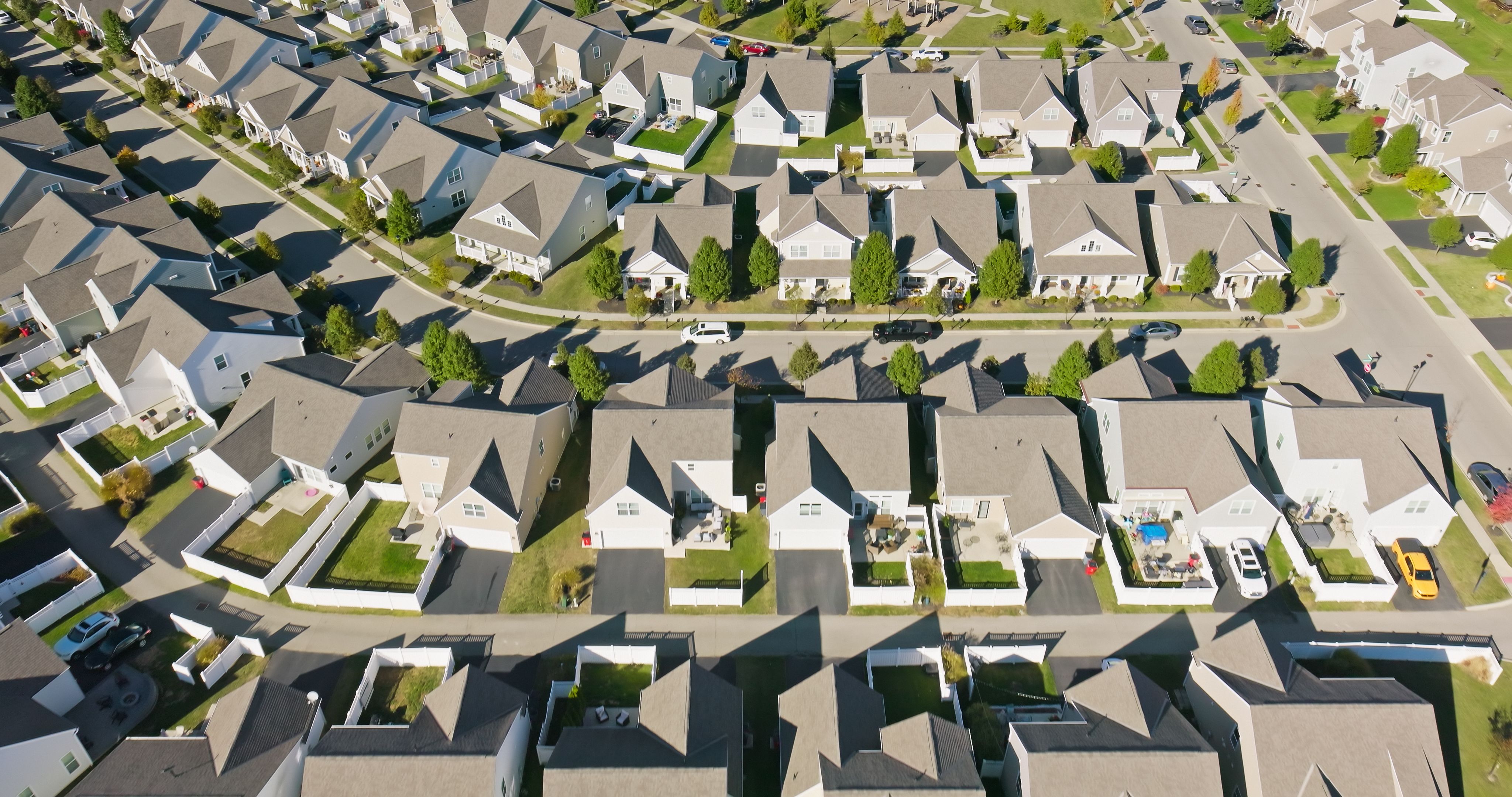Understanding Transitional Housing: The Housing First Model in Ohio
Understanding Transitional Housing
Transitional housing is a vital component in addressing homelessness, offering a temporary residence for individuals and families as they work toward securing permanent housing. It provides a structured environment with comprehensive support services, assisting residents in stabilizing their lives. In Ohio, transitional housing plays a crucial role in the broader strategy to combat homelessness.

The Housing First Model
The Housing First model is an innovative approach that prioritizes providing permanent housing to homeless individuals without preconditions. This model is based on the belief that housing is a basic human right and serves as a foundation for addressing other challenges such as unemployment and mental health issues.
Unlike traditional models, which often require participants to meet specific criteria before receiving housing, Housing First provides immediate access to housing. This approach has been shown to improve housing stability and quality of life for participants.
Implementation in Ohio
Ohio has embraced the Housing First model as part of its effort to reduce homelessness. Local governments and non-profit organizations have collaborated to develop programs that offer immediate housing solutions combined with supportive services. These services may include job training, counseling, and healthcare, tailored to the needs of each individual or family.

Programs across Ohio have reported success in helping participants achieve long-term stability. The model has been particularly effective in urban areas, where homeless populations are often higher, but it is also proving beneficial in rural communities.
Key Benefits
The Housing First model offers several key benefits:
- Reduces homelessness: By providing immediate housing, the model helps reduce the overall number of homeless individuals.
- Improves quality of life: With stable housing, individuals can focus on personal development and health.
- Cost-effective: Studies have shown that providing housing reduces the use of emergency services and shelters, leading to cost savings for communities.

Challenges and Considerations
Despite its success, the Housing First model faces challenges. Securing funding for housing and support services can be difficult, and there is often a need for more affordable housing options. Additionally, while the model is highly effective for many, it may not be suitable for everyone, requiring a diverse range of solutions to address the needs of all individuals experiencing homelessness.
Efforts to expand the Housing First model in Ohio continue, with a focus on overcoming these challenges and ensuring that everyone has access to safe, permanent housing.
Conclusion
Understanding and implementing the Housing First model in Ohio is crucial to addressing the state's homelessness crisis. By prioritizing housing as a fundamental right and providing comprehensive support services, Ohio is making strides toward a more inclusive and supportive community for all its residents.
